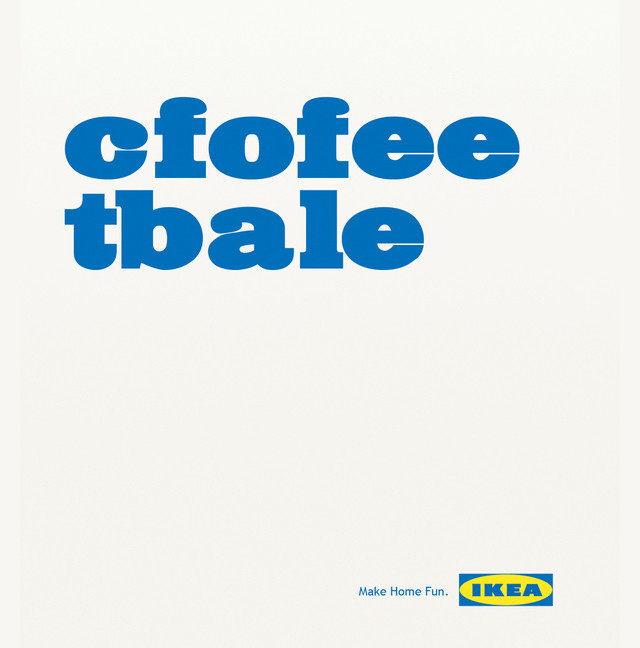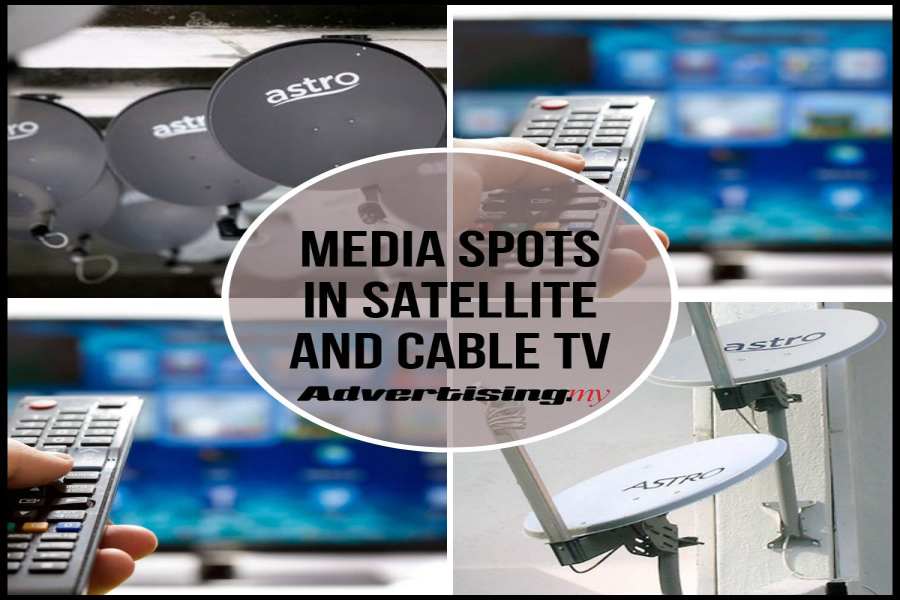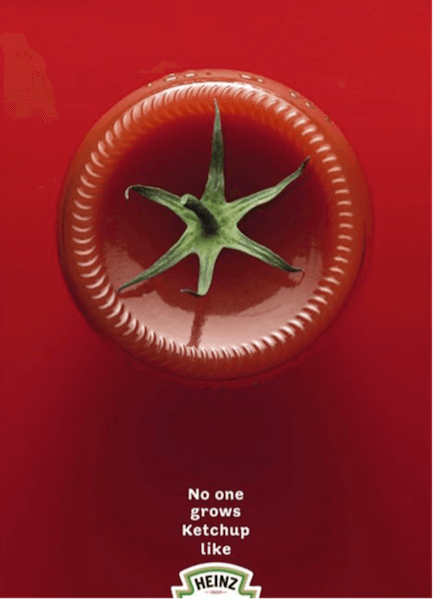
One of the most cost-effective and powerful ways to promote your brand is through transit advertising. Place your ads on public transport, including buses, trains, subways, and airports. You can reach many people, especially in urban areas. These ads are also effective at sporting events and for local advertisers who seek a wider audience.
Transit OOH ads have a high recall rate. Transit ads are remembered by more than 80% of commuters. And more than half of travelers noticed bus ads in the past month. Nielsen recently found that 82% transit station ads lead to purchases. Transit OOH ads proved to be more effective at reaching commuters than digital ads.
Transit advertising is more memorable than other out of home media. Ads are remembered by consumers within 30 minutes. A campaign can be adjusted to external conditions by advertisers in real-time. This makes it easier to monitor and track your campaigns' results. You can, for example, update your live ads immediately based weather and traffic data.

A thorough analysis of your audience's perceptions, traffic patterns, location, and other factors is essential to creating the best marketing strategies. You can determine which medium is most effective for your campaign by taking all of these factors into account.
For small and large business, as also for healthcare providers, transit advertising is a great medium. Unlike television and other digital channels, you cannot turn off transit ads, which helps you retain your audience's attention. It's also a cost-effective and effective way to reach your audience. This is a great way for you to increase your revenue.
Transit ads can be made flexible. You can choose the size of the ad and the surface on which you advertise. Transit OOH can help seniors or teenagers reach their goals. Transit ads work well at sporting events because you get a wide audience. They can reach students, tourists, and commuters, and can cover most of the country.
Buses make great venues for outside advertising. Advertisements placed on the outside of a bus are a great way to keep up with the trends of your audience. People are more likely than other OOH formats to see your bus ad because they are always moving.

Transit OOH advertising can be very effective, and the market is growing. According to PwC, global spending on out-of-home media will reach $12.1 billion by 2025. TDI INDIA is a specialist in transit advertising and can help you make decisions about your marketing strategy. Using advanced trend technologies, TDI INDIA can provide you with a range of online and offline advertising services. TDI INDIA's DOOH Design Studio can help you create stunning, eye-catching and cost-effective mobile and digital ads.
Transit advertising is a great choice for your next marketing campaign. With over three billion riders and numerous advertising options, it's a great option. Numerous studies have proven the effectiveness of transit ads and the numbers support it.
FAQ
Is there any way to get free traffic?
Free Traffic refers to the traffic that comes directly from organic search results without paying for ads. This is also known as organic or natural traffic. There are many methods to obtain free traffic such as article marketing or social media marketing.
Article Marketing is one of the most popular methods of getting free traffic because articles have an extremely low cost per click (CPC). Paid ads have a higher CPC, but the CPC is typically much lower than paid ads. Article marketing is also referred to as content marketing.
Social Media Marketing - Social media sites like Facebook, Twitter, and LinkedIn allow you to promote your business through advertising. These social media platforms can be used to post updates and share photos. You may also build relationships with potential customers. Many businesses pay to advertise on social media sites because they want to reach more people at a cheaper price.
Blogging-Blogging is another great way of generating free traffic. Writing quality content that people like reading will help you attract visitors. After you attract visitors to your blog, you can make money by selling products or other services.
Email Marketing: Email marketing is a proven method to increase traffic to your website. Sending emails regularly is a good strategy to grow your list of subscribers and eventually sell them something.
What is advertising?
Advertising is an art form. Advertising is not about selling products. It's about building emotional bonds between brands and people.
Advertising is about communicating ideas through images and stories.
Communicating clearly and persuasively is key. Also, you must share a story which resonates with your target markets.
Advertising is therefore distinct from other forms communication such as writing and public speaking.
A successful ad campaign is a way to establish a brand identity.
This is how you make yourself memorable. You become someone who people want to remember.
Social media is a great way to advertise your business.
Social Media Marketing (SMM), allows you reach customers wherever they are on social media networks like Facebook, Twitter and LinkedIn. These networks can be targeted with keywords.
Because this advertising method costs less online than traditional methods, it's more cost-effective. This allows you to establish strong relationships with current and future clients.
It's very easy to start using social networks to promote your business. All you need is a computer or smartphone and access to the Internet.
What is an advertising campaign?
A campaign is a series advertising messages that are designed to promote a product. It can also refer to the whole production of such ads.
"Ad" is a Latin word that means "to sell." Marcus Terentius Varro, 116-27 BC, was the first to use it. He used it as a verb that meant "to make a sales."
Advertising campaigns are often carried out by large agencies or companies. Advertising campaigns can involve many media types, such as television, radio, print, and the internet.
Advertising campaigns are typically long-lasting and have clear goals. Campaigns can be targeted at increasing awareness or sales, for example.
What is the cost of advertising on social media?
It is important to know that advertising on social media platforms is not free if you decide to do this route. You will be charged monthly based on how much time you spend on each platform.
Facebook - $0.10 for 1,000 impressions
Twitter - $0.20 per 1,000 impressions (if you tweet)
Send out invitations on Linkedin for $0.30 per 1000 impressions
Instagram - $0.50 for 1,000 impressions
Snapchat - $0.60 Per 1,000 Impressions ($0.40 per User)
YouTube - $0.25 Per 1,000 Views
Tumblr $0.15 for 1,000 impressions text posts
Pinterest - $0.05 per 1,000 impressions per month
Google + $0.15-$0.20 Per 1 Million Impressions
Tumblr- $0.15-$.20 for 100,000 impressions
Vimeo - $0.20 to $0.25 per 10,000 impressions
Soundcloud - $0.20 - $0.0.25 for 1,000,000 plays
StumbleUpon - $0.20 -$0.25 per 1 billion pageviews
Digg - $0.20- $0.25 for 1000 diggs
Reddit - $0.20-$0.25 per 1000 comments
Wordpress - $0.20 - $0.25 for 500 comments
Flickr - $0.20 -- $0.25 per 5,000 photo uploads
What is an advertiser buyer?
Advertising space is purchased by an advertiser on TV, radio and printed media.
Advertisers pay only for the time their message is to appear.
They do not always look for the best ads, but are looking for the most effective to reach their target audience.
Advertisers might have certain demographic information about potential customers. This could include age, gender income level, marital status and occupation as well as hobbies, interests, and so on.
The advertiser can use this data to determine which medium will work best for them. For example, they might decide that direct mail would be more effective with older audiences.
Advertisers also take into account the competition. Advertisers may decide to place their ads in close proximity to similar businesses.
Advertisers should also consider the budget they have and how long they plan to spend it before it expires.
What should you know about printing advertising?
Print advertising is a good medium to communicate effectively with consumers. Many companies use it to promote products and services. The key objective is to capture the attention of the consumer.
Print ads are typically short (1 page) and usually include text, photos, logos, or other graphics. They can also include sound and animation as well video and hyperlinks.
The following are the main types print advertisements:
1. Brochures: These large-format printed pieces are meant to draw customers into stores. Brochures can often be adorned with brightly colored images and eye-catching designs.
2. Catalogues: These are smaller versions or brochures. They are sent to customers who have requested specific information.
3. Flyers – These are tiny pieces of paper distributed at events like concerts or fairs. If they are given out at retail outlets, they can be obtained for free, but you must pay for them.
4. Posters - These are larger versions of flyers. They can be displayed on fences, walls, or buildings. They are usually created using computer software programs designed to catch passersby's attention.
5. Direct mail – This is a direct mailing of letters or postcards directly to customers. Companies send these out periodically to remind existing customers about their business.
6. Newspaper Ads - These are placed in newspapers and magazines. These ads are often quite long and include both text and images.
Statistics
- This means that at least 50% of an ad needs to be shown on the screen for at least one second. (quicksprout.com)
- Worldwide spending on advertising in 2015 amounted to an estimated US$529.43 billion. (en.wikipedia.org)
- Nonetheless, advertising spending as a share of GDP was slightly lower – about 2.4 percent. (en.wikipedia.org)
- Advertising spending as a share of GDP was about 2.9 percent. (en.wikipedia.org)
External Links
How To
How do you place an ad on a billboard
Although billboards have been around since late 1800s, they first became popular in World War II as they were placed along highways and roadsides. Most billboards contain text advertising. However, some have photographs or art. Although most billboards remain static, some display messages that change frequently, such as weather forecasts and stock prices or news about political events.
Billboards most often are found outside, but there are indoor versions. Most outdoor billboards are seen by traffic at least once per day. Indoor ones are only visible once or twice a year. A "cubic" outdoor billboard is the most popular type. It is made up of three layers: two sheets of glass sandwiched between a layer of fiberglass mesh and one sheet of glass. This allows air flow through the billboard and keeps it cool in summer and warm in winter.
Advertisers pay companies like Billboard Advertising Inc., which owns and operates many of North America's largest billboard advertising firms, to put their ads up on their billboards. These companies then offer space on their billboards for advertisers. These spaces are sold to advertisers depending on the amount they plan to spend on advertising. They often choose the best locations for their ads based on where people drive and walk the most.
Billboard Advertising Inc. contracts with local governments in order to erect signs within city limits. Some cities allow billboards in any area, while others have restrictions. Chicago for instance requires billboards not to exceed 1,000 feet from any highway. Others cities have a requirement that billboards are no closer to a school or church than 500 feet.
Billboard Advertising Inc. has contracts to promote products and services throughout the United States, including Florida, California, Nevada, Texas, Arizona, New Mexico, Colorado, Washington, Oregon, Idaho, Utah, Wyoming, Alaska, Hawaii, Canada, Puerto Rico, Guam, Virgin Islands, and American Samoa.